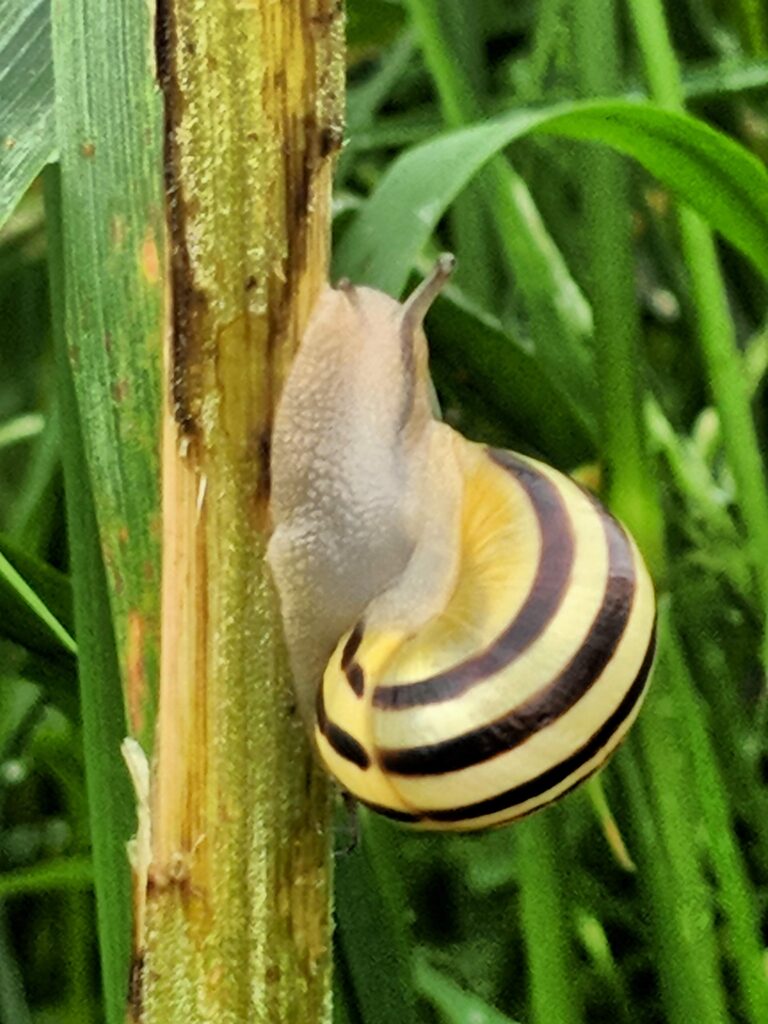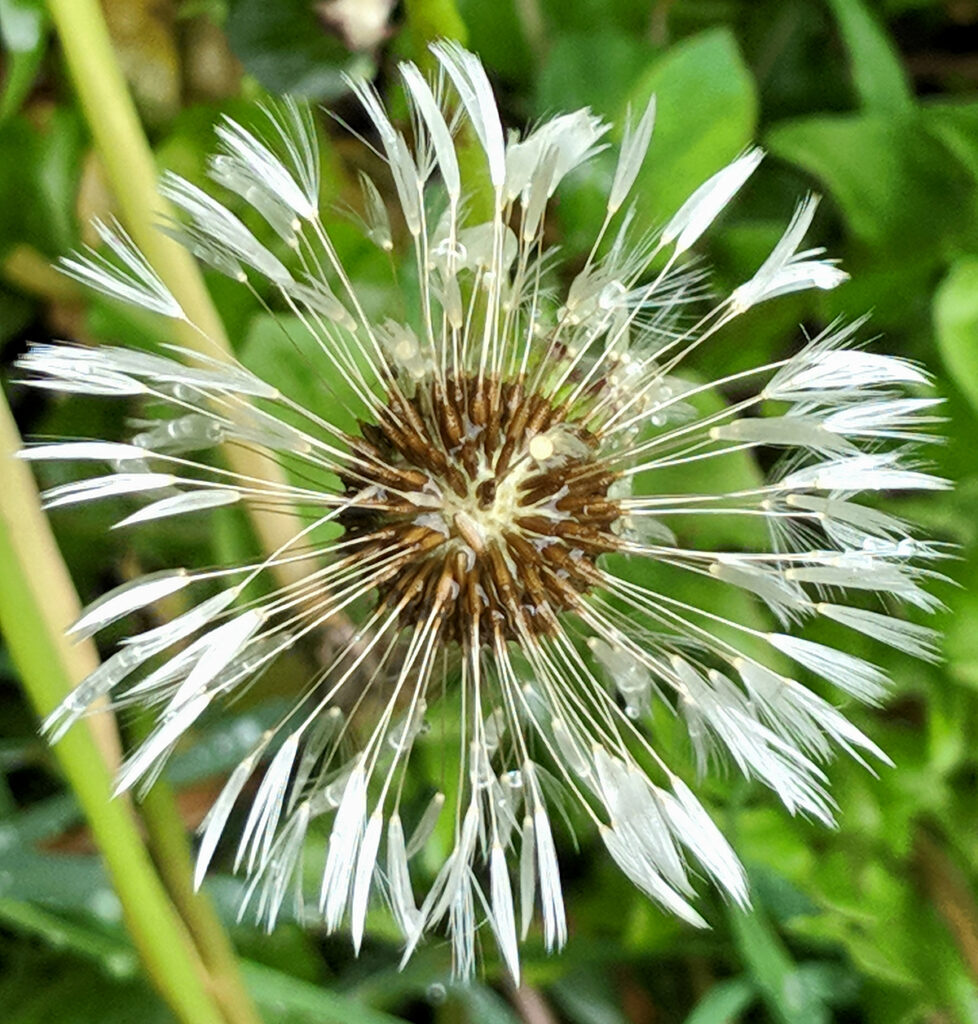
The lino printing project I am currently working on is a small one.
After spending the last two years producing large prints for the walls at Chalk Gallery in Lewes, I have recently returned to working on a more intimate scale, similar to that with which I began my work as a lino printer and first became absorbed with this addictive process.
The subject matter I am studying at present also lends itself to attention on a smaller scale, with a quiet and gentle focus; Snails, and garden insects, small creatures going about their daily business, easily overlooked but so important in the part they play in the larger story of biodiversity.


The idea came to me while I was walking alongside the local riverbank one morning after the rain.
I live in a beautiful part of the countryside and find inspiration easily in the natural landscape around me. Unlike many of the other local artists who I am friends with however, I find myself drawn to the detail. While they paint outside in all weathers, recording the undulating hills of the South Downs, the swathes of grassland or vast seascapes I tend to find myself gazing at a single blade of grass. My countryside walks are never long ones and I have usually found something to draw or photograph within a few yards.
On this particular morning it was the brilliantly coloured baby snails which caught my attention, straggling across the path (I rescued a few) and winding themselves up cow parsley stems. The contrasting pale yellow and deep brown stripes on their shells is an excellent design; eye-catching, high in contrast and almost hypnotic. Perfect for printmaking. It wasn’t long before I was crouching among the wet grass with my mobile phone and some curious looks from passers by. The idea to create some small works, celebrating small wonders, was fully formed
The project is currently in its very early stages with two potential linoprints begun this week. Carving designs on this scale presents some challenges of it’s own. The temptation would be to use smaller and smaller tools in order to capture finer and finer detail. However for me it is always the “maker’s mark” which appeals in linocuts, so apart from a few very fine marks, the main image has been carved with my favourite pfiel tool number 9. Carving with this approach means simplification is necessary, and conscious choices have to be made about what is truly important to the image and helpful in the design.


Re-creating a small subject on a small scale is satisfying in it’s symmetry. The final pieces in this project will be small, and will need small frames, and a quiet space to be enjoyed. They would be lost on a feature wall. I like the thought that one day in the future, when someone pauses on a staircase, or a landing, to look into the frame, they will be greeted with a special and intimate moment, rather as I was that morning on the riverbank with the snails and the rain. It will feel meaningful.
Maybe art doesn’t always have to make large statements. Sometimes it can make connections instead.




